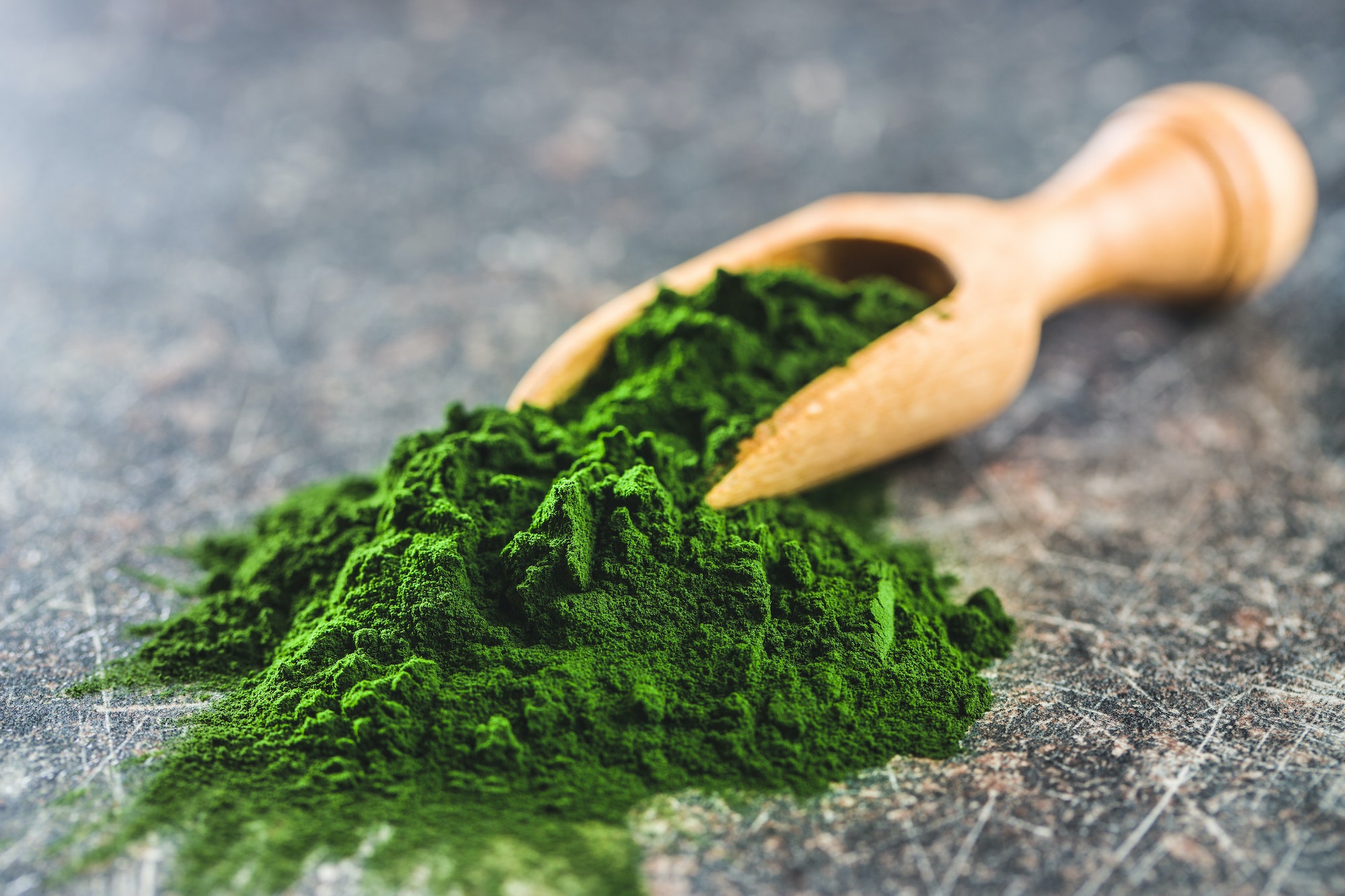Chlorella is a type of microalgae that has gained significant attention in recent years due to its numerous health benefits and applications. It is a single-celled green algae that is rich in nutrients, including proteins, vitamins, minerals, and essential fatty acids. Chlorella is known for its detoxification properties and has been used as a natural supplement to boost the immune system, improve digestion, and promote overall health.
There are various types of microalgae that have different applications. Some common types include:
- Spirulina: Another popular microalgae used as a dietary supplement, Spirulina is rich in proteins, vitamins, and minerals. It is known for its antioxidant properties and its ability to help regulate blood sugar levels and reduce inflammation.
- Dunaliella: This microalgae is a rich source of beta-carotene and other carotenoids, which are powerful antioxidants. Dunaliella is used as a natural colorant in foods and cosmetics and has potential applications in the production of biofuels.
- Haematococcus: Known for its high astaxanthin content, Haematococcus is used as a natural antioxidant in supplements, cosmetics, and aquaculture feed.
- Nannochloropsis: This microalgae is rich in omega-3 fatty acids and has potential applications in functional foods, animal feed, and biofuel production.
Microalgae cultivation techniques vary depending on the type of microalgae being grown and the desired end product. Some common cultivation methods include:
- Open pond systems: This method involves growing microalgae in large, shallow ponds exposed to sunlight. Open pond systems are relatively low cost but can be affected by environmental factors such as temperature, light intensity, and contamination from other organisms.
- Closed photobioreactors (PBRs): These are closed systems where microalgae are grown in transparent containers or tubes that allow sunlight to penetrate. PBRs offer better control over environmental conditions and can produce higher biomass yields than open pond systems. However, they can be more expensive to set up and maintain.
- Hybrid systems: These combine the benefits of both open pond systems and PBRs by utilizing closed systems for the initial growth phase and then transferring the microalgae to open ponds for further growth and harvesting.
- Heterotrophic cultivation: This method involves growing microalgae in the dark using an organic carbon source, such as glucose or acetate, as an energy source instead of sunlight. Heterotrophic cultivation can produce high biomass yields but may require more complex nutrient management and a higher risk of contamination.
- Mixotrophic cultivation: This approach combines the use of light and an organic carbon source, allowing microalgae to grow using both photosynthesis and heterotrophic metabolism. Mixotrophic cultivation can result in higher biomass yields than either autotrophic (light-dependent) or heterotrophic cultivation alone.
Regardless of the cultivation method used, maintaining optimal growth conditions is essential for maximizing microalgae productivity. Factors such as temperature, pH, nutrient availability, light intensity, and mixing must be carefully managed to ensure healthy microalgae growth.
In conclusion, microalgae like Chlorella offer numerous health benefits and applications in various industries. Their cultivation techniques vary depending on the desired end product and can range from simple open pond systems to more complex closed photobioreactors or hybrid systems. As interest in microalgae continues to grow, advances in cultivation technology and optimization of growth conditions will likely lead to increased productivity and new applications for these tiny but powerful organisms.


